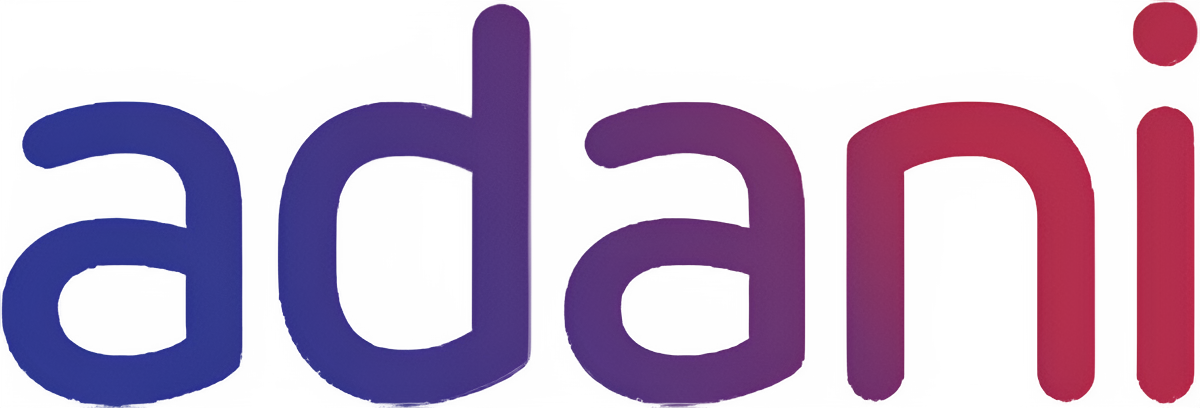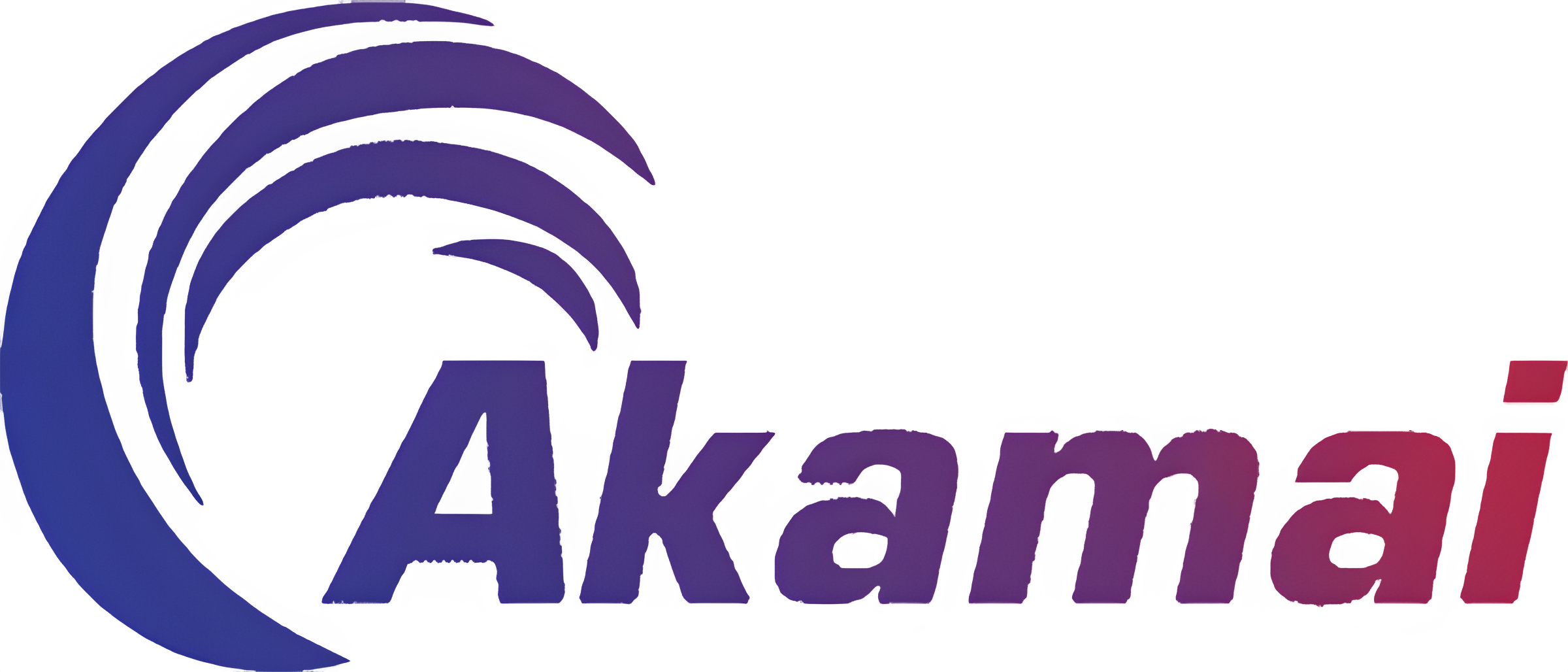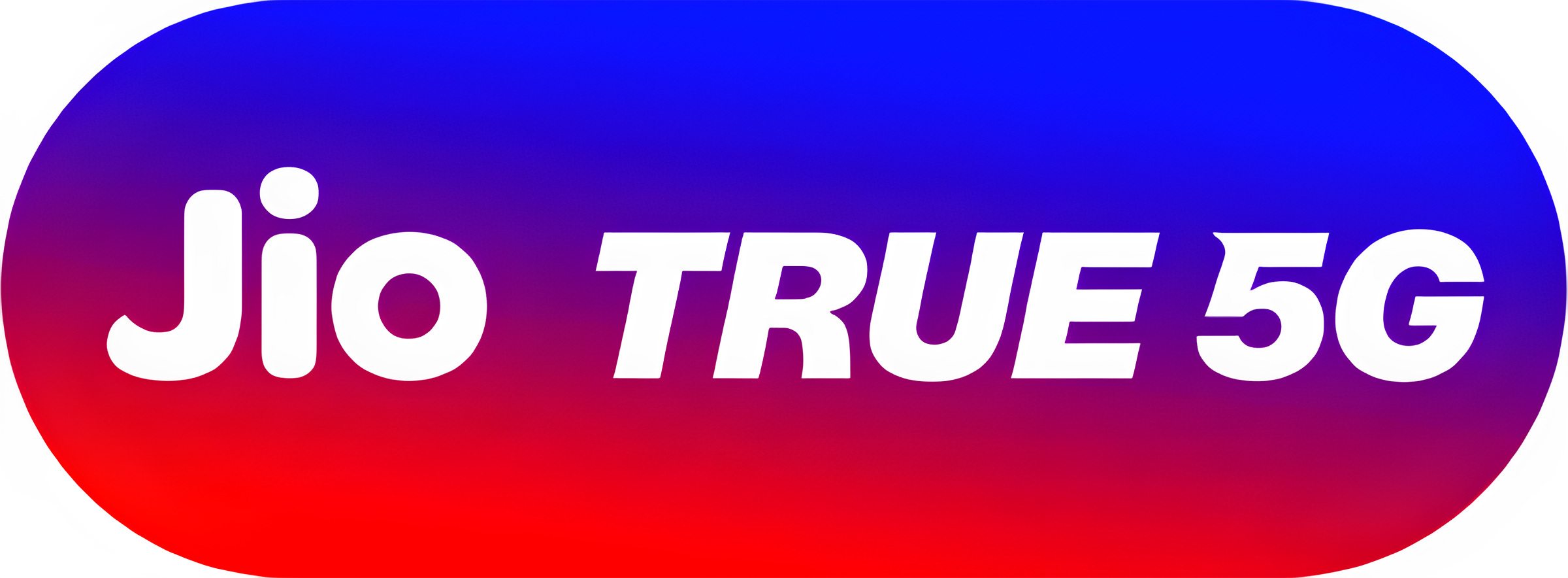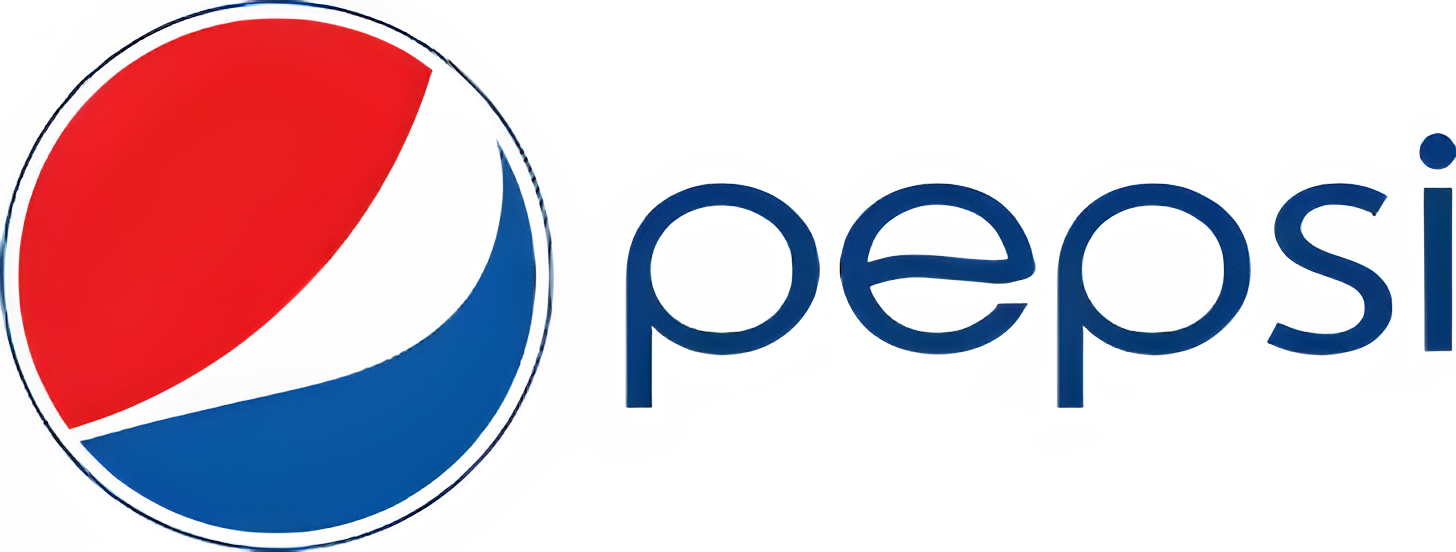Cost to Develop a Home Service App Like Urban Company in 2025

Building a home service app like Urban Company in 2025 demands a clear understanding of feature scope, technology choices, and ongoing support requirements to deliver a scalable, secure, and user-friendly platform. Essential features include real-time booking, provider discovery, in-app chat, payment processing, and ratings/reviews. A robust microservices architecture hosted on the cloud ensures reliability and scalability, while cross-platform frameworks can help control mobile app development cost. Integrating a payment gateway securely is crucial for trust and compliance, and partnering with an affordable software maintenance company safeguards long-term performance. An experienced mobile app development company or affordable software development company can guide you through cost-effective on-demand app development, from MVP through enterprise launch. Below is an in-depth look at the cost drivers, technology stack, and best practices for developing a home service marketplace in 2025.
Defining the Home Service App Vision
A successful home service marketplace connects customers with local professionals—plumbers, cleaners, electricians, tutors—via an intuitive mobile interface. Users should be able to search and filter providers, view profiles and ratings, schedule appointments, and pay seamlessly. On the back end, administrators manage service categories, commissions, provider verifications, and customer support. To stand out in 2025, apps must incorporate features such as geolocation-based provider assignments, real-time provider tracking, dynamic pricing, and AI-powered recommendations. Each added capability influences the mobile app developmentcost, so clear prioritization during the discovery phase—often facilitated by a mobile app development company helps balance budget and feature set.
Also Read :- How Much Does it Cost to Build an Advanced Healthcare App Like Sehhaty in Saudi Arabia?
Core Features and Cost Drivers
At its core, an Urban Company-style app requires the following modules:
1. User Onboarding & Authentication
Secure sign-up via email, social login, or phone OTP supports rapid onboarding. Role-based access ensures customers and service providers see relevant interfaces.
2. Service Browsing & Booking
Real-time availability calendars, service catalogs, and smart search filters help users find and schedule professionals quickly.
3. Provider Management
Profile creation, document uploads, background checks, and rating systems build trust.
4. In-App Communication
Real-time chat and push notifications keep customers and providers connected, boosting satisfaction.
5. Payment Processing
Secure integrate a payment gateway flows for credit/debit cards, wallets, and UPI ensure smooth transactions.
6. Ratings & Reviews
Post-service feedback loops maintain quality and transparency.
7. Admin Dashboard
Analytics on bookings, revenue, and user behavior inform strategic decisions.
Cost Consideration
Each module adds to the development timeline and cost. According to industry benchmarks, building a fully featured home services MVP typically requires 1,000–1,400 development hours, costing USD 35,000–85,000+, depending on team location and rates. An enhanced version with advanced scheduling algorithms, provider tracking, and AI recommendations can exceed USD 100,000, reflecting the additional complexity of on-demand app development.
Technology Stack & Architecture
Selecting the right tech stack is vital for performance and maintainability. A common architecture employs:
- Frontend: React Native or Flutter for cross-platform development, complemented by native modules for geolocation and media handling.
- Backend: Node.js/Express or Python/Django microservices hosted in Docker containers and orchestrated via Kubernetes for auto-scaling and resilience.
- Database: PostgreSQL for relational data (users, bookings), MongoDB or Cassandra for session and cache data, and Redis for low-latency lookups.
- Messaging & Queue: RabbitMQ or Kafka for asynchronous tasks like notifications and billing.
- Cloud Infrastructure: AWS, Azure, or Google Cloud to leverage managed services (load balancers, CDN, auto-scaling).
- DevOps: CI/CD pipelines, Infrastructure-as-Code with Terraform, and real-time monitoring using Prometheus/Grafana.
This modular, cloud-native approach allows incremental scaling and fault isolation, reducing long-term mobile app development cost by preventing monolithic rebuilds.
Must Read: - Step-by-Step Guide to Create a Messaging App Like WhatsApp
Integrating a Payment Gateway
Monetizing services through secure payments is a cornerstone of any home service app. To integrate a payment gateway:
- Select a PCI-DSS-compliant provider, such as Stripe, PayPal, or local options (e.g., PayTabs, HyperPay) for regional coverage.
- Choose integration flow: hosted checkout reduces compliance burden; embedded SDK offers a branded in-app experience.
- Implement tokenization to safely store customer cards and minimize risk.
- Configure webhooks to track payment events (success, failure, refunds) and update booking statuses.
- Test edge cases like chargebacks, partial refunds, and foreign currencies.
Planning for payment gateway integration early prevents costly refactors and ensures a smooth user experience from day one.
Estimating Mobile App Development Cost
The mobile app development cost hinges primarily on feature scope, team rates, and project duration. Here’s a rough breakdown:
| App Feature Tier | Development Hours | Estimated Cost (USD) | Team Composition |
|---|
| MVP Features | 1,000–1,400 hrs | USD 35,000–85,000 | 2–3 devs, 1 QA, PM, Designer |
| Mid-Tier Features | 1,500–2,500 hrs | USD 85,000–150,000 | 4–6 devs, 2 QA, PM, Designer |
| Enterprise-Grade | 3,000+ hrs | USD 150,000+ | 8+ devs, 3 QA, DevOps, PM |
Regional rates vary: North America: $100–200/hr; Eastern Europe: $40–80/hr; South Asia: $25–50/hr.
Budget allocations typically split as 15% design, 50% development, 20% QA, and 15% project management and deployment. Always include a 10–15% contingency for scope changes and buffer.
Also Read: - Why Logistics Software Development Is Essential for Modern Supply Chains
UI/UX & Customer Experience
A seamless user interface drives adoption and retention. Focus on:
- Intuitive onboarding with social login or OTP verification.
- Thumb-friendly layouts: bottom navigation bars, large touch targets.
- Real-time provider tracking on maps with live ETAs.
- Simple booking flows: minimal screens, clear CTAs.
- Transparent pricing and service details upfront.
- Accessible design: high-contrast text, scalable fonts for inclusivity.
Early usability testing with real users uncovers friction points and refines workflows, reducing support calls and boosting satisfaction.
Post-Launch Maintenance and Support
Ongoing updates, security patches, and feature enhancements are critical for longevity. Industry norms suggest setting aside 15–20% of initial development costs annually for maintenance and support. This budget covers:
- Bug fixes and OS upgrades.
- Performance monitoring and scaling adjustments.
- Security audits and compliance updates.
- Minor enhancements and UX tweaks.
Partnering with an affordable software maintenance company helps maintain SLAs (99.9% uptime) and ensures rapid issue resolution without ballooning costs.
Must Read: - Develop a Real Estate App Like MagicBricks for Property Listings
Choosing Your Development Partner
Selecting the right team can dramatically affect both quality and budget. Consider:
- Track record in on-demand app development and home service marketplaces.
- Domain expertise: familiarity with geolocation services, chat integration, and payment gateways.
- Transparent pricing models: fixed-price vs. time-and-materials engagements.
- Agile workflows and DevOps practices for rapid iterations.
- Communication: English proficiency, overlapping working hours, and cultural fit.
An affordable software development company can help manage costs, but verify they offer end-to-end services—UI/UX design, backend engineering, QA, DevOps, and post-launch support. Companies like DinousTech Private Limited combine home service expertise with competitive rates and comprehensive maintenance offerings.
Conclusion
Developing a home service app like Urban Company in 2025 requires careful planning of features, architecture, and ongoing support. Key cost drivers include real-time booking systems, payment gateway integration, provider management modules, and mobile scalability. A robust microservices backend, cross-platform front end, and secure, compliant data practices ensure reliability and growth. Initial mobile app development cost can range from USD 35,000 for an MVP to over USD 150,000 for enterprise-grade platforms, with annual maintenance budgets around 15–20% of that figure. By partnering with an experienced mobile app development company or affordable software development company, and engaging an affordable software maintenance company, you can build, launch, and sustain a standout on-demand home service marketplace. To optimize costs without compromising quality, consider a firm like Dinoustech Private Limited, renowned for its expertise and cost-effective solutions in home service app development.

















